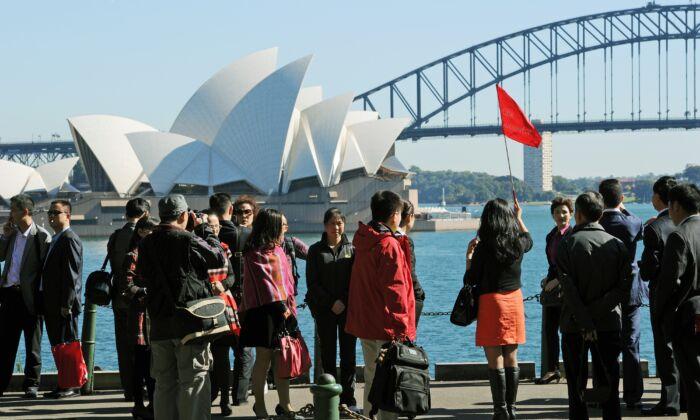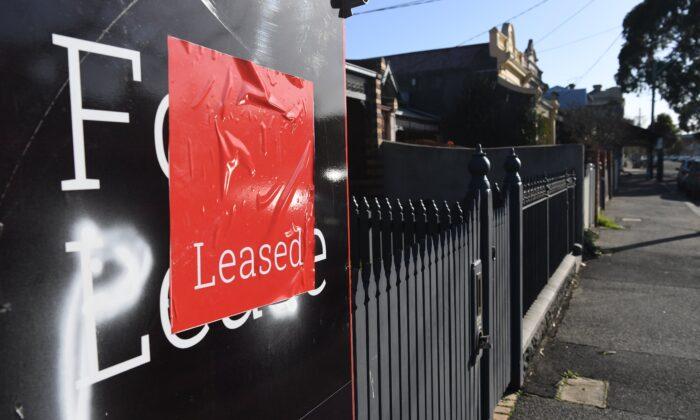Critical mineral exporters, tourism companies, and agricultural producers stand to benefit from expected Chinese stimulus measures but big iron ore and coal miners could suffer.
The Chinese economy surprised analysts on Jan. 17, outperforming growth expectations for the December quarter and helping the government achieve its about five percent growth target for 2024.
But with external economic challenges, a faltering property sector, and sluggish consumer activity, more stimulus is needed to maintain the pace of economic growth, said Westpac economists Ryan Wells, Elliot Clarke, and Illiana Jain.
“These outcomes point to resilience in China’s economy, but also a need for further significant policy support in coming months,” they said.
“Following lunar new year celebrations at the end of January, look for additional actions by policy makers targeting consumer income and sentiment as well as property and equity markets.”
Looming over China’s economic outlook is the shadow of incoming U.S. president Donald Trump’s threatened 60 percent tariffs on Chinese imports.
Largely responsible for the better-than-expected GDP figures was a big uptick in industrial production, underpinned by frontloading from U.S. importers eager to get in stock before any potential tariffs imposed after Trump’s inauguration on Jan. 14, Australian time.
But it is still unclear to what extent the extravagantly coiffured septuagenarian will follow through on his promise, with recent murmurings from the incoming administration hinting at a more incremental approach.
ANZ economist Vicky Xiao Zhou expects the tariffs to come in around 10-20 percent, which would have an overall negative impact to Chinese GDP of 0.5 percent—similar to the trade war between the two nations in Trump’s first presidency.
In a report released on Jan. 17, the World Bank predicted Chinese economic growth to slow to 4.5 percent in 2025 before growing at four percent the following year, “as rising corporate sector and public debt weigh on investment, and slowing productivity growth constrains incomes and consumption.”
In response, China is likely to introduce additional stimulus, which could benefit the Australian economy.
“The determination to develop battery technology and clean energy will give a really positive outlook for industrial metal exports from Australia, for example, copper, aluminium, and zinc,” Zhou told AAP.
Stimulus measures to boost Chinese domestic consumption could benefit Australian agricultural exporters, such as wool and dairy producers, with greater demand for premium products, she said.
Weakness on the part of Chinese consumers has impacted the Australian tourism industry, with Chinese tourist numbers still 40 percent lower than the pre-COVID peak.
“If China stimulus helped and injected more money into household pockets, then we can see a tourist rebound to Australia, hopefully, in 2025.”
Regardless, traditional export patterns between Australia and its largest trading partner are set to change fundamentally, Zhou said.
As China’s economy increases in complexity and its property market continues to contract, the outlook for coal and iron ore exporters is less rosy.
“Fundamentally, China is experiencing a structural change in the economy, shifting from low-end manufacturing up the production line,” she said.
“But it will benefit the other side of the Australian market.”







